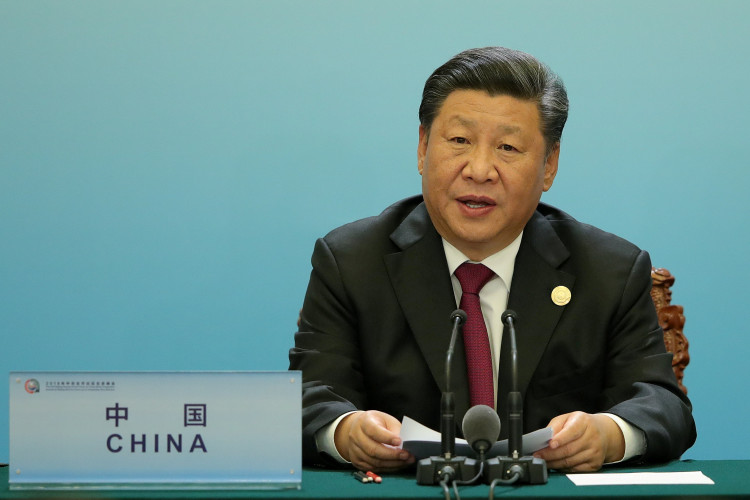In a move to further strengthen bilateral ties, China is now granting Nepal access to use four of its major trading ports as the landlocked Himalayan nation continues to find ways to end India's monopoly of its trading routes, the Nepalese government confirmed on Friday.
Trapped between two large land masses, that of China and India, Nepal looks to India for its demand of consumer goods including fuel source. More than ever, Kathmandu depends on New Delhi for the use of trading ports with other countries, a report from Reuters said.
However, an incident happened a few years back where India blocked its border crossings with Nepal. It left the Himalayan nation short of fuel and medical supplies for several months.
In light of these undesirable events, Kathmandu has since been looking to find alternative routes to be used for trade. China's offer couldn't be more than perfect as it is now seen as Nepal's solution to its trade route dilemma.
According to Indian Express, Chinese and Nepalese government officials finalized a protocol on Thursday that would further establish the framework of the treaty first recognized by the two countries on March 2016.
Details of the agreement cited over by the news agency indicated the formalisation of the pact which would allow the transit of goods to and from Nepal via China's four major ports: Port of Tianjin in Northern China, Shenzhen Port in Guangdong Province, Lianyungang Port in Northeastern Jiangsu Province, and Zhanjiang Port in Southwest China.
Of the four ports mentioned, the Zhanjiang Port relatively lies closest to Nepal while Lianyungang is the farthest at 3,379 km. distance from the country.
Nepal is also given access to several dryports such as that in Lhanzin, Lhasa, and Shigatse.
The office of Nepal's Commerce Ministry confirmed that the arrangements will immediately take into effect once the final version of the protocol is signed at a yet specified date.
As mentioned by commerce minister Rabi Shankar, the China-Nepal trade route agreement is one of the milestones towards the country's goal to develop its trade and commerce.
With the four Chinese ports already open for Nepal's use, cargoes from neighboring Asian nations such as Japan and South Korea could now reach the Himalayan nation at a much reduced time and shipping cost.
Meanwhile, Nepal's overland trade route will remain running through Kolkata in India's West Bengal state, and in Vishakhapatnam in New Delhi.






